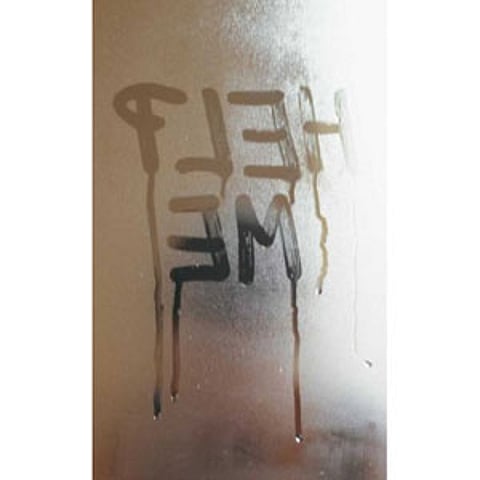Fictional testimonies and real darkness
In Raj Kamal Jha's first novel The Blue Bedspread, readers stood on a Calcutta balcony and watched the snow fall; in his second book If You Are Afraid of Heights, we climbed onto the back of a crow to float up towards the top of an impossibly tall building; in Fireproof, his third and most unsettling novel, we stand on a street and thud thud thud, a strange rain of bodies begins to fall around us.
Jha's dreamlike, elliptical prose speaks directly to his readers. It compels us to go beyond his fantastic images and see what is only too real – to see not just the edifice rising endlessly towards the sky, but also the narrow service lane choked with garbage wrapped furtively in plastic bags, a dreary place where hardly anyone ever goes, and at the end of which we will discover the body of a child who has been raped, murdered, and thrown to the bottom of a canal.

